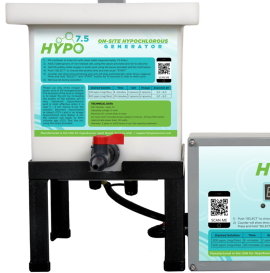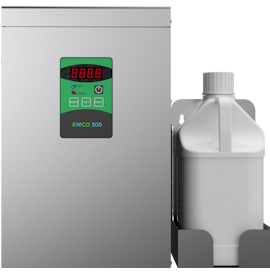Pesquisa > Micróbio > All > Total Microbial Count
Nomes comuns de soluções de ácido hipocloroso
- Electrolytically Generated Hypochlorous Acid
- Neutral Electrolyzed Water (NEW)
- Electrolyzed Oxidizing Water (EOW)
- Electro-chemically Activated Water (ECA)
- Super-oxidized water (SOW)
Resultado: 76 Artigos Publicados
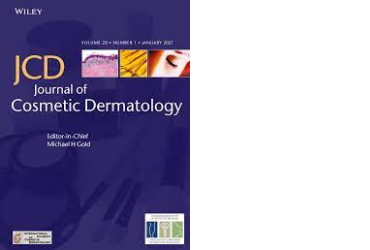
Microbe(s): Total Microbial Count

Microbe(s): Total Microbial Count
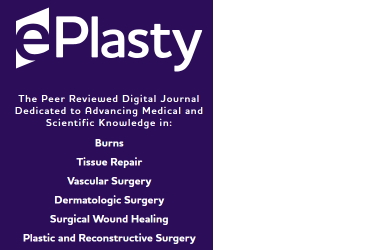
Microbe(s): Total Microbial Count

Microbe(s): Total Microbial Count

Microbe(s): Total Microbial Count

Microbe(s): Total Microbial Count
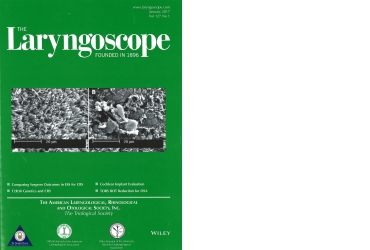
Microbe(s): Total Microbial Count

Microbe(s): Total Microbial Count, Fungi, Yeast, Mold

Microbe(s): Total Microbial Count
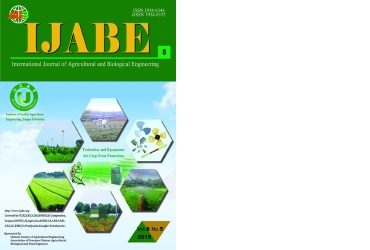
Microbe(s): Total Microbial Count

Microbe(s): Total Microbial Count, Fungi, Yeast, Mold

Microbe(s): Total Microbial Count

Microbe(s): Total Microbial Count

Microbe(s): Total Microbial Count, Listeria

Microbe(s): Total Microbial Count
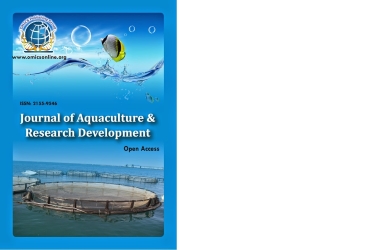
Microbe(s): Total Microbial Count

Microbe(s): Total Microbial Count

Microbe(s): Total Microbial Count

Microbe(s): Total Microbial Count, Fungi, Yeasts

Microbe(s): Total Microbial Count, Escherichia coli O157:H7, Listeria monocytogenes, Pseudomonas spp., Fungi, Yeast

Microbe(s): Total Microbial Count

Microbe(s): Total Microbial Count, RE: Nitrite

Microbe(s): Total Microbial Count

Microbe(s): Total Microbial Count, Fungi, Yeasts
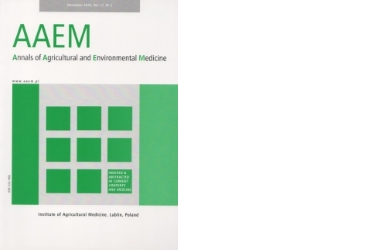
Microbe(s): Total Microbial Count
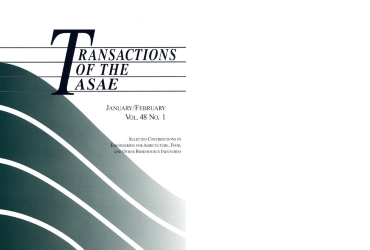
Microbe(s): Total Microbial Count
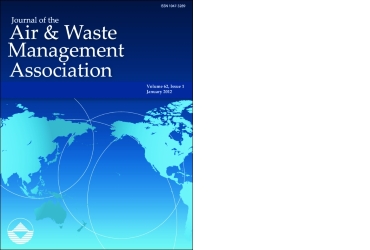
Microbe(s): Total Microbial Count
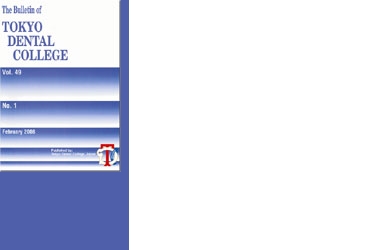
Microbe(s): Total Microbial Count

Microbe(s): Total Microbial Count

Microbe(s): Total Microbial Count
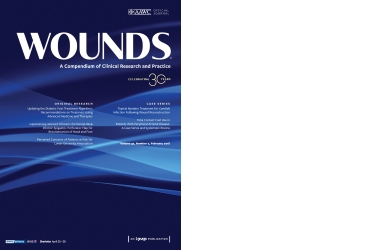
Microbe(s): Total Microbial Count
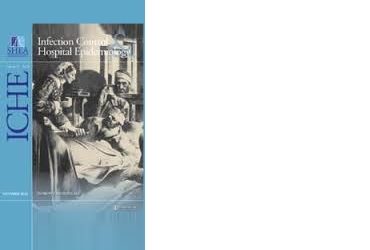
Microbe(s): Total Microbial Count, methicillin-susceptible Staphylococcus aureus (MSSA), methicillin-resistant Staphylococcus aureus (MRSA)

Microbe(s): Total Microbial Count
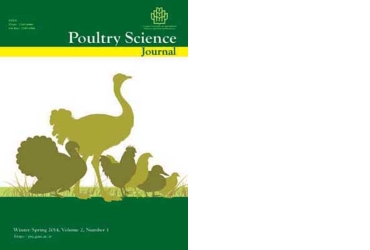
Microbe(s): Total Microbial Count
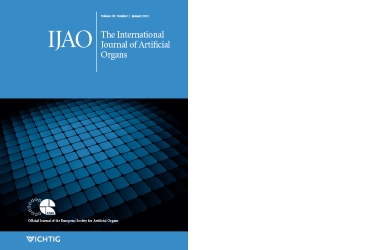
Microbe(s): Total Microbial Count

Microbe(s): Total Microbial Count
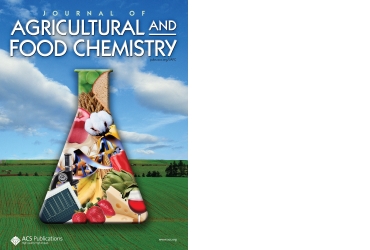
Microbe(s): Total Microbial Count
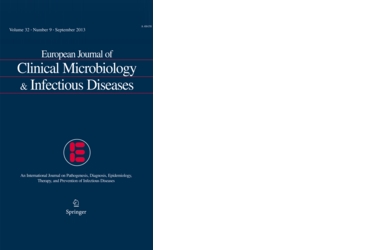
Microbe(s): Total Microbial Count

Microbe(s): Total Microbial Count

Microbe(s): Total Microbial Count

Microbe(s): Total Microbial Count
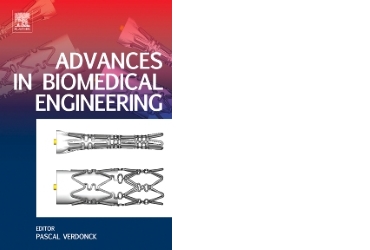
Microbe(s): Total Microbial Count, Fungi, Yeast, Mold

Microbe(s): Total Microbial Count, Fungi, Yeast, Mold

Microbe(s): Total Microbial Count

Microbe(s): Total Microbial Count
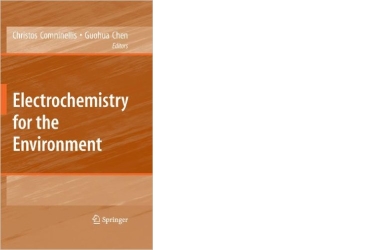
Microbe(s): Total Microbial Count

Microbe(s): Total Microbial Count

Microbe(s): Total Microbial Count
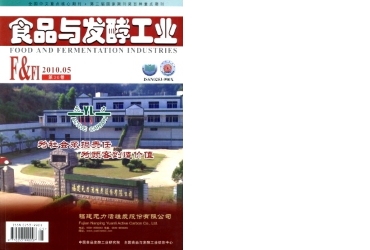
Microbe(s): Total Microbial Count
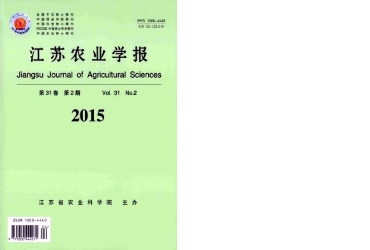
Microbe(s): Total Microbial Count

Microbe(s): Total Microbial Count
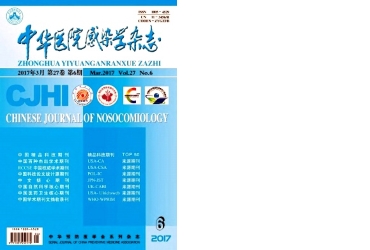
Microbe(s): Total Microbial Count

Microbe(s): Total Microbial Count

Microbe(s): Total Microbial Count
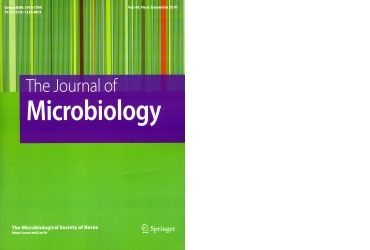
Microbe(s): Total Microbial Count

Microbe(s): Total Microbial Count, Total Aerobic Bacteria, Coliforms, Escherichia coli

Microbe(s): Total Microbial Count

Microbe(s): Total Microbial Count

Microbe(s): Total Microbial Count
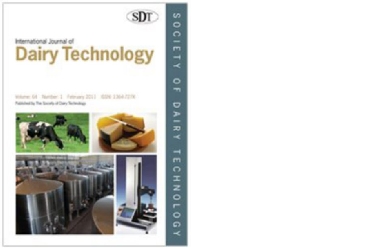
Microbe(s): Total Microbial Count

Microbe(s): Total Microbial Count

Microbe(s): Total Microbial Count
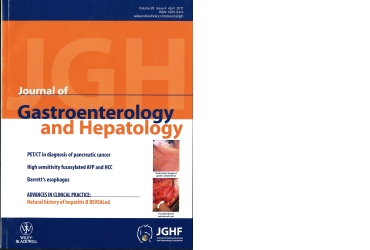
Microbe(s): Total Microbial Count, Hepatitis B Virus

Microbe(s): Total Microbial Count
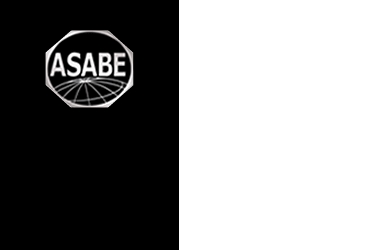
Microbe(s): Total Microbial Count

Microbe(s): Total Microbial Count

Microbe(s): Total Microbial Count

Microbe(s): Total Microbial Count

Microbe(s): Total Microbial Count

Microbe(s): Total Microbial Count, Coliforms, Bacillus cereus

Microbe(s): Total Microbial Count
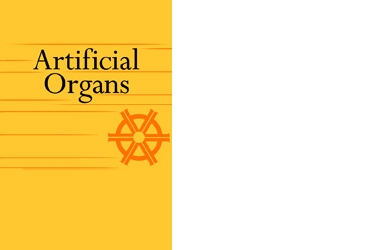
Microbe(s): Total Microbial Count
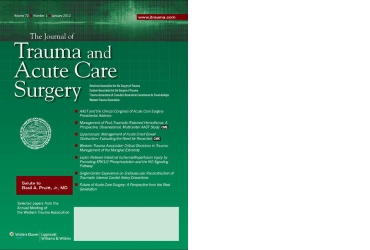
Microbe(s): Total Microbial Count

Microbe(s): Total Microbial Count
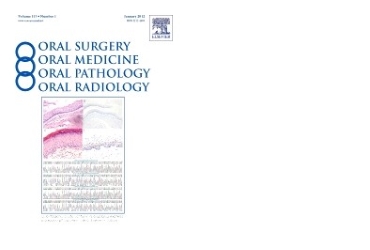
Microbe(s): Total Microbial Count

Microbe(s): Total Microbial Count
Best Hypochlorous Acid (HOCL) Generators
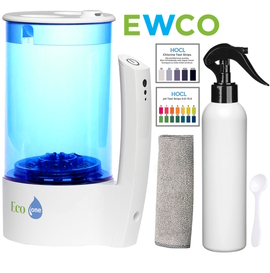 Portable Hypochlorous Acid (HOCL) Machine
Portable Hypochlorous Acid (HOCL) Machine
Make high quality hypochlorous acid in the home or office.
$159.99 + Free Shipping
 HOCL Machine + Electrostatic Sprayer
HOCL Machine + Electrostatic Sprayer
Make hypochlorous acid and spray with an electrostatic cold fogger.
$309.98 + Free Shipping

